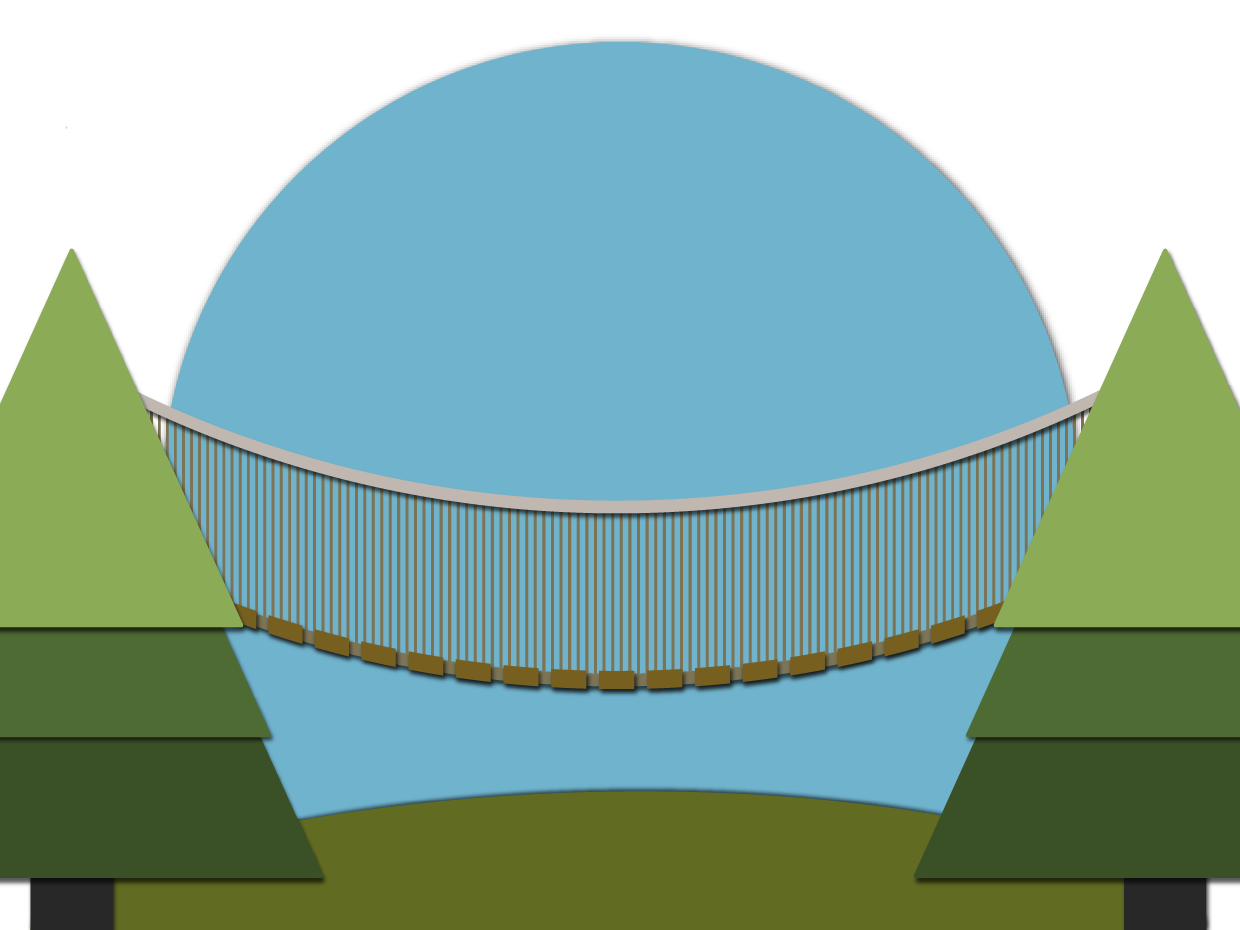If you’re an employee, your employer will deduct income tax from your pay cheque. This is known as tax deductions at source. Your employer then sends this tax on your behalf to the Canada Revenue Agency (CRA).
If you regularly get a tax refund from the CRA, this is no cause for celebration. You may be having too much tax withheld at source. Reducing the tax withheld will increase your net take-home pay.
3 ways to reduce tax
1. Give your employer accurate information
When you start a new job, you must complete the TD1 Personal Tax Credits Return. Your employer uses this form to calculate how much tax to deduct from your pay cheque, based on the non-refundable tax credits you are entitled to. Examples: spousal amount, caregiver amount, tuition and education amounts.
2. Tell your employer if your personal circumstances change
If a change in your circumstances means that you are entitled to additional or fewer tax credits, complete a new TD1 form. For example, if you get married or enroll at a university or college.
3. Ask the CRA to apply other tax deductions
Complete and file Form T1213 Request to Reduce Tax Deductions at Source if you know you’re going to have significant deductions in a given year. Examples: RRSP contributions, rental losses, child care expenses. Give the approval letter you receive from the CRA to your employer. They will reduce the tax taken from your pay.
Other deductions from your pay cheque
Your employer will also deduct and send contributions you make to the Canada Pension Plan (CPP) and Employment Insurance (EI). They may also deduct contributions to a company pension plan, group insurance plan or group RRSP.
Summary
The 3 ways to reduce tax taken from your pay cheque:
- Give your employer accurate information to calculate tax withheld at source.
- Tell your employer if your personal circumstances change.
- Apply to the CRA to reduce tax withheld at source.
